Before you get a PWC, you may be wondering “what kind of issues you’ll run into“?
While every model is not the same, they all tend to share some of the same issues that you should expect. For example, sucking things up is the most notorious issue I see with most! People not taking care of their batteries is another issue I run into a lot!
Here are the top 11 problems I encounter when it comes to personal watercraft!
A List Of Tools That Will resolve Most issues
Before we cover all the details, it’s a good idea to list some of the most used tools.
- Mechanic’s tool set, metric, with 10mm, 13mm 15mm being the most used sockets and wrenches.
- Screwdriver set.
- Scraper or long handle knife for cutting objects free from the pump.
- Flashlight.
- Battery charger.
- Fiberglass polish and cleaner.
- Fiberglass repair kit.
- WD-40 specialist kind.
- Mold and mildew cleaner for boats.
1. Sucking Things Up
PWCs are giant vacuum cleaners and will suck up anything that gets in front of the pump.
The most likely things I see people suck up:
- Tow-rope
- Sticks
- Rocks
- Seaweed
- Trash
Most people forget about the tow-rope when doing pull sports and will back up or circle around in neutral until eventually the pump finds the rope. What is not fun is that this can “wreck” the weekend quickly, it doesn’t always do damage, but it’s a pain to get the rope out.
It’s such a reoccurring problem that I created a post on the way to remove objects out of the pump.
2. Batteries Don’t Last
It’s not that watercraft batteries “suck”, it’s just that people don’t take care of it.
Any lead-acid battery will go bad if you don’t use it for months.
Since PWC are not ridden in the colder months, many owners find that the battery is dead the next season. It’s dead because they did not keep it on a smart charger or small solar charger.
I see jet ski owners buying a new battery every year because people do not do basic battery maintenance. (It’s not hard if you have a solar charger)
Solar Charger
If you keep the PWC outside, then get a solar battery charger that you keep on it when you’re not riding it.
3. Replace Spark Plugs Every Year
Usually, when I see running and idling issues, it’s often because of a bad spark plug.
And I’m quite shocked by the many people refuse to replace it because they think it’s like their car. You may never change the spark plugs on your car "often", but you should change the ones in your waverunner every year.
PWCs use high-performance engines, and those engines can be picky. Not only that, but when you fog the motor for winterization, the spark plugs will often “foul” during the process.
Changing spark plugs is easy and cheap to do, and it can stop so many future issues. A lot of people change the plugs when they do the oil change, which should be done every year, too.
Don’t get fancy with spark plugs, stick to the NGK ones the manufacturer suggest. (The special tip and coating ones are a waste, the basic NGK are the best way to go!)
4. Run The Correct Gas!
As talked about in the last section, watercraft engines can be picky, especially if you have a supercharged one.
Premium Vs. Regular
If you have a supercharged model, then you need to run premium gasoline. I don’t care what the manufacturer sales teams says, run premium.
If you don’t have a supercharged PWC, then run regular, as they’re not as picky.
Ethanol
As for ethanol, it’s fine, so long it’s 10% or less.
The engineers are adapting to these standards and what they sell at the gas stations will be fine. But if you can get ethanol-free gas, then for sure use that.
What’s funny is that ethanol was pushed to save the environment, but studies are showing it might not be helping. So who knows if more ethanol will be added to gasoline or if it will matter in the future. Either way, ethanol is not ideal for boats and personal watercraft.
2-strokes
The ones that suffer the most from ethanol are the 2-strokes with their carbs and fuel lines.
Fuel lines on 2-strokes going bad along with the fuel selector could be its own section, but since 2-strokes are a dying breed and no one makes anymore, it’s not worth talking about too much.
5. Fading
More of an annoying problem, but your machine will fade over the years.
It’s very rare I find one that still looks like new, but most are faded.
The seats will also tear and crack over time.
The sun and water are the two worst things for any boat, and they get plenty.
Keep It Covered
Fiberglass protectant and vinyl protectant will help, but the best thing you can do is keep yours covered when you’re not using it.
I’ve gotten to the point that I use two covers, as talked about here.
6. Dings And Scuffs
Dings and scuffs will happen, it’s just the nature of riding on the water and docking.
Fiberglass repair is not always expensive, depending on the size, and if you don’t want perfection you can often repair it yourself.
It’s Normal
I wouldn’t worry yourself about a few scratches and dock rashes, as it’s only normal in the boating world. It’s when the damage is large and affects the structure of the craft that you need to worry.
White Fiberglass Showing = Repair Now
When you see the white fiberglass underneath start to show, you need to get that repaired, as it will try to absorb water and expand, worsening it.
7. Reverse and Brakes
With every manufacturer now moving to an electronic brake and reverse system, they can fail.
It’s a simple design, so failure is not something for you to worry too much about, but it is an electronic system.
Also, brakes on a watercraft are not the same as your car, it’s more of like putting it in reverse. Brakes didn’t come about until 2009 and before then it was manual reverse levers or nothing.
Electronic Brakes Need A good Battery
It goes back to the battery, the electric motors used for reverse and braking use a lot of power and if the battery is not good, you can get check engine lights and things not working correctly.
So having a good battery is key nowadays, and why I’m so big on keeping the battery on the solar charger when I’m not riding.
Manual Reverse
For the manual reverse, they use a steel cable that over time can rust and break, but not a huge concern for most people. If you do ride in saltwater, then it’s more of a problem for you.
Don’t Worry too Much
“I hope I’m not worrying you with this section.“
Your battery will be fine, it’s when you don’t ride for months that the battery can go flat, so that is why I recommend keeping it on the solar charger.
As for the brakes, let off the throttle, and you’ll fall behind your wake, then with no throttle spin in a circle, and it kills your momentum – this is the way we used to dock PWCs before reverse or brakes.
8. Corrosion
This is more for people who ride in the ocean or salty water, corrosion is a huge problem for any boat.
If you do a lot of saltwater riding, you need to regularly flush with fresh water and rinse out the engine compartment.
Corrosion on the electrical parts can create ghost issues that are hard to solve. It’s a good idea to spray silicone lubricant (Amazon Link Ad) on anything shiny and electrical on your machine if you ride in saltwater.
Also, don’t forget to replace your “sacrificial anode” when it goes out!
9. Superchargers
Superchargers are their own unique thing that needs special care and maintenance done.
In general, it’s not always the supercharger failing that I write this, but sometimes the hoses come off. These things create so much pressure that a hose can come off, and you lose top-end.
Avoid Supercharged Models
Unless you want to be the fastest on the water, I tend to tell people to avoid supercharged personal watercraft, as they get annoying when it comes to fixing.
The non-supercharged models are fast enough, and as someone who’s been on the racing versions, it’s not hugely impressive.
I tend to have more fun on my little Spark than the 350HP rockets.
10. Mold and Mildew
Waverunners live in a wet environment, so it’s pretty standard for mold and mildew to get on your seats and covers.
Using mold and mildew remover (Amazon Link Ad) is a must.
To keep mold away, make sure to let your waverunner fully dry before putting the cover on it. Don’t be afraid to towel dry it before putting the cover on.
11. Water In Footwells
I should have made this the first one, but this is such a silly and annoying problem that every craft seems to have this problem with water in the footwells.
Keeping a cover on helps, but sometimes water still finds a way in. (The covers are not 100% waterproof!)
This sitting water in the footwells attracts bugs and mold, while also being a pain to remove.
Tilt back
The best thing to do is tilt it back a little to let the water drain out. If you keep the craft on the dock, then you’ll need to check on it from time to time.
Transfer Pump
I like using the battery powered liquid transfer pump (Amazon Link Ad) for getting water out of the footwells while at the dock.
Capillary action
A crazy idea I came up with is to use capillary action to keep water from sitting in the footwells for too long. It’s a crazy idea, but stick with me, and read the bottom of this post.
Are Watercraft Expensive To Own?
If you’re reading this article, you might be throwing around the idea of getting a PWC. You also might be wondering if they’re expensive to own, or should you get something else?
I know it’s a lot to take in, and researching what issues you might run into is important. I also have posts on things like the pros and cons along with cost of ownership that I suggest you read.
Then, when it’s time to one, you can use my tool to figure out used prices or the current new prices.
Don’t forget you’ll need a place to store the craft, so check out this post for ideas.

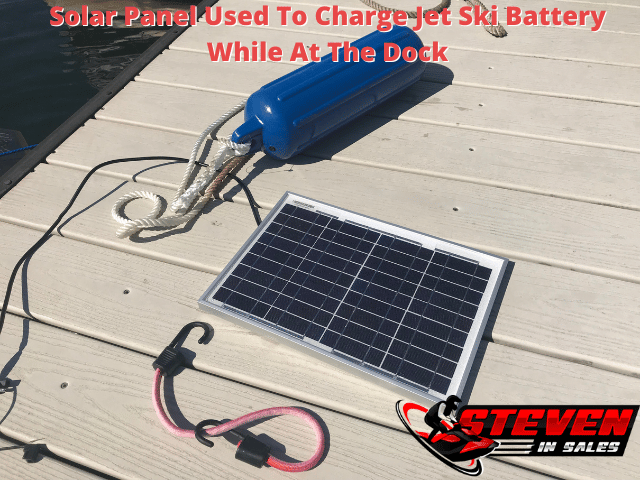
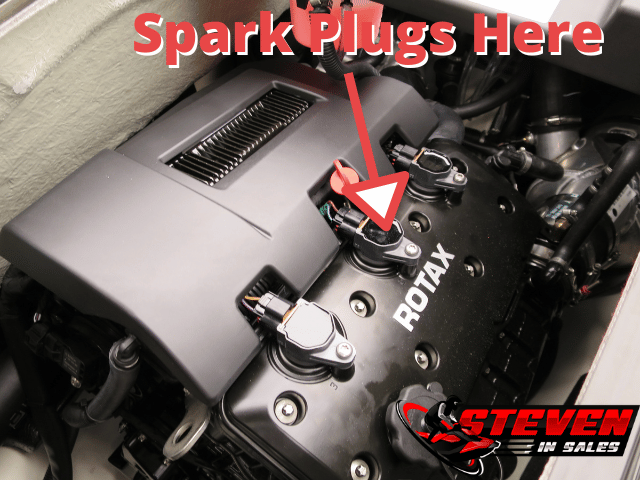

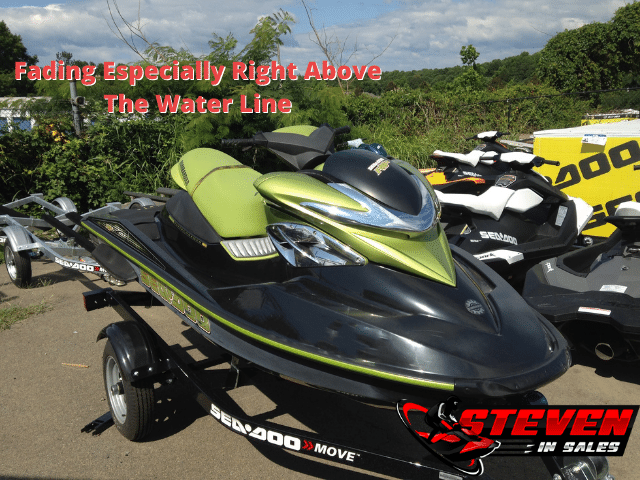
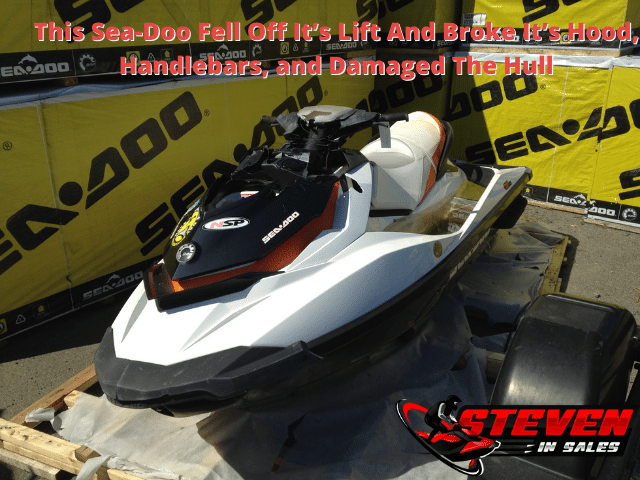
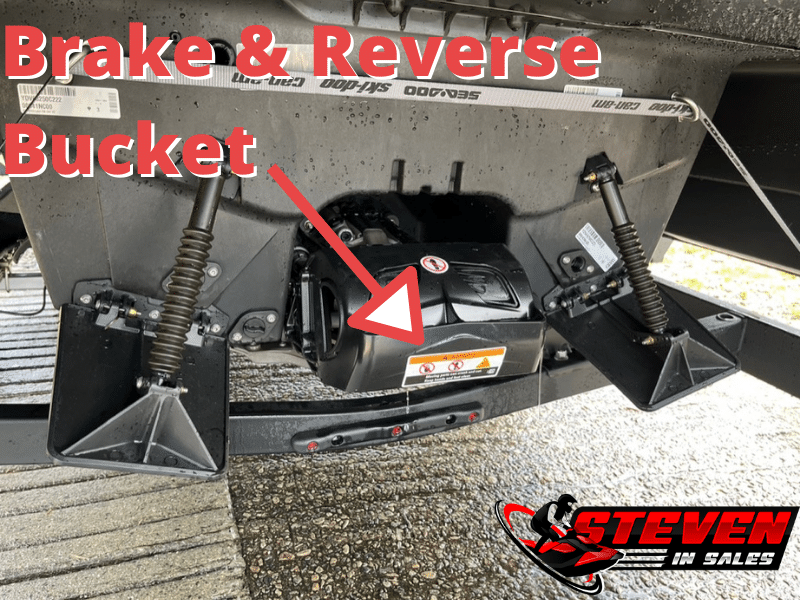
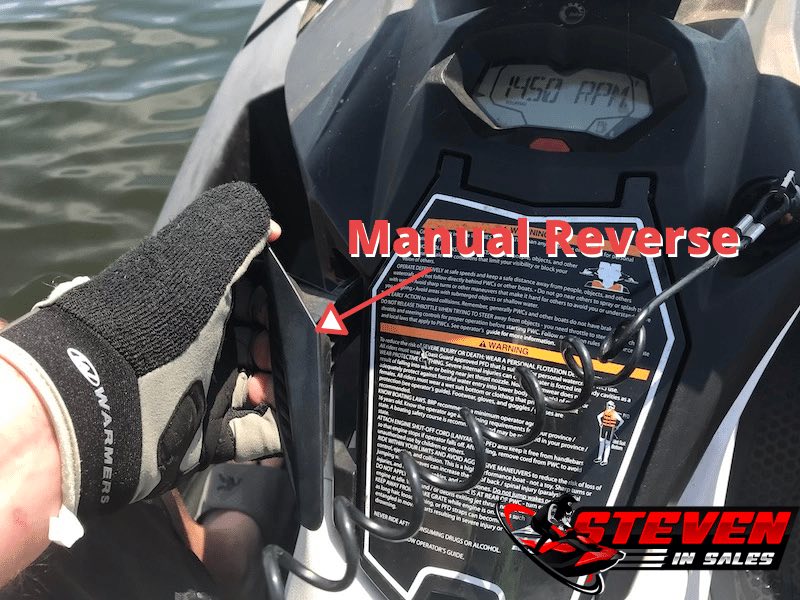
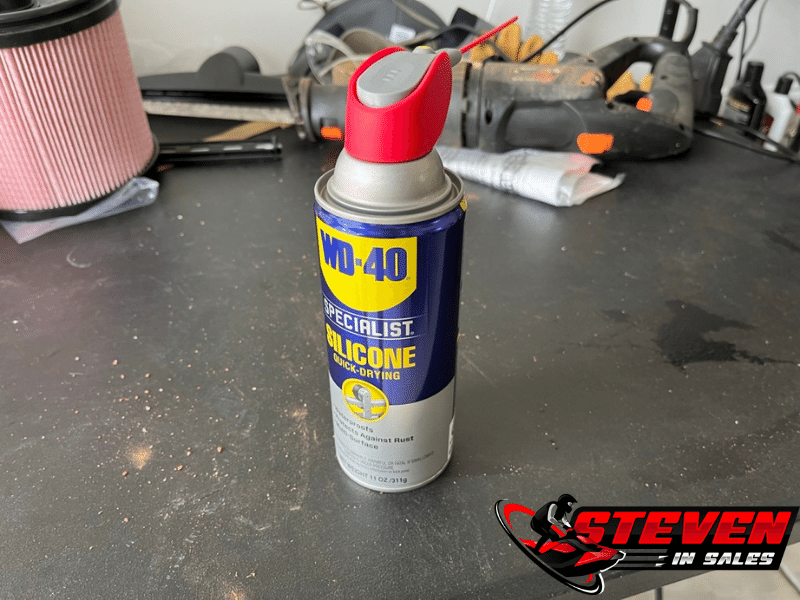
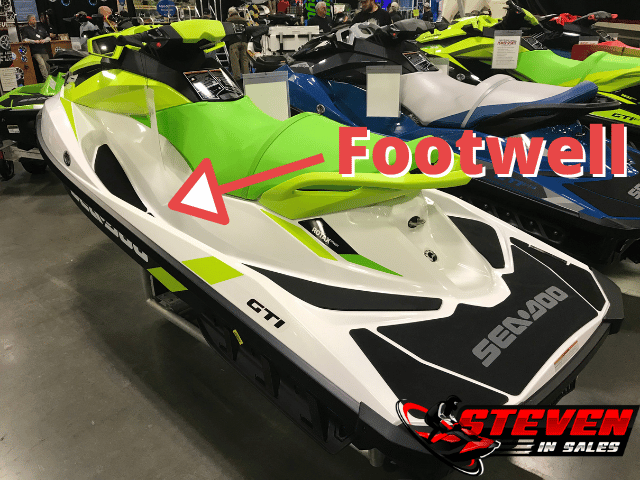
if you buy a Yamaha with a supercharger expect the clutch that drives it to fail in 30-125 hrs. I have had 3 Svho skis and all have failed at 35 hrs 100 and 56 hr. The price is $700 in parts and 1000 labor You can do it yourself in a weekend. But it’s tricky and you need a couple special tools.. it’s a back breaker job.
P.S.S. Now he says may get new carburetor. Could that solve starving for gas issue?
Yes, a clogged carb or bad fuel lines can cause this.
P.S. My friend just wrote when I said put NEW spark plugs in (tho others fine, gapped right). He said put back together and starving for gas? I mean that’s the issue. He wants to get a “Genuine Mikuni rebuild kit? I said do what you must i will reimburse!
I have a ’97 Bombardier. Has had so much replaced on it. Ran perfect all last year. We put it in, warmed it up a lot just slowly going along. Try to go a little faster it stalls. Then backfires! My friend a mechanic on skis is checking, cleaning EVERYTHING. Any suggestions? I am tearing my hair out as summers too short in Idaho! ANY ideas I’m grateful to hear. Thanks!
Steven, have a 1997 seadoo bombadier gti get a buzzing noise from solenoid when start pushed.. replaced but same. when jumping posts the starter spins but does not engage the engine…?
Multiple buzzing is usually a weak or bad battery. I would start with a new battery, it might have just enough power to move the starter but not fling out the bendix to engage the engine.
So, we are first time owners!
We just got a jet ski 2005 ski doo and a rode was sucked up and my husband kept giving it gas cause he was told he flood it? Wrong! And white smoke was coming out? We got the rope out but will not start now? Have appt to take it to see if it can be fixed? Can it be fixed?thank you!
It’s fixable, just need someone there to look at it to see what is causing the no start and white smoke.